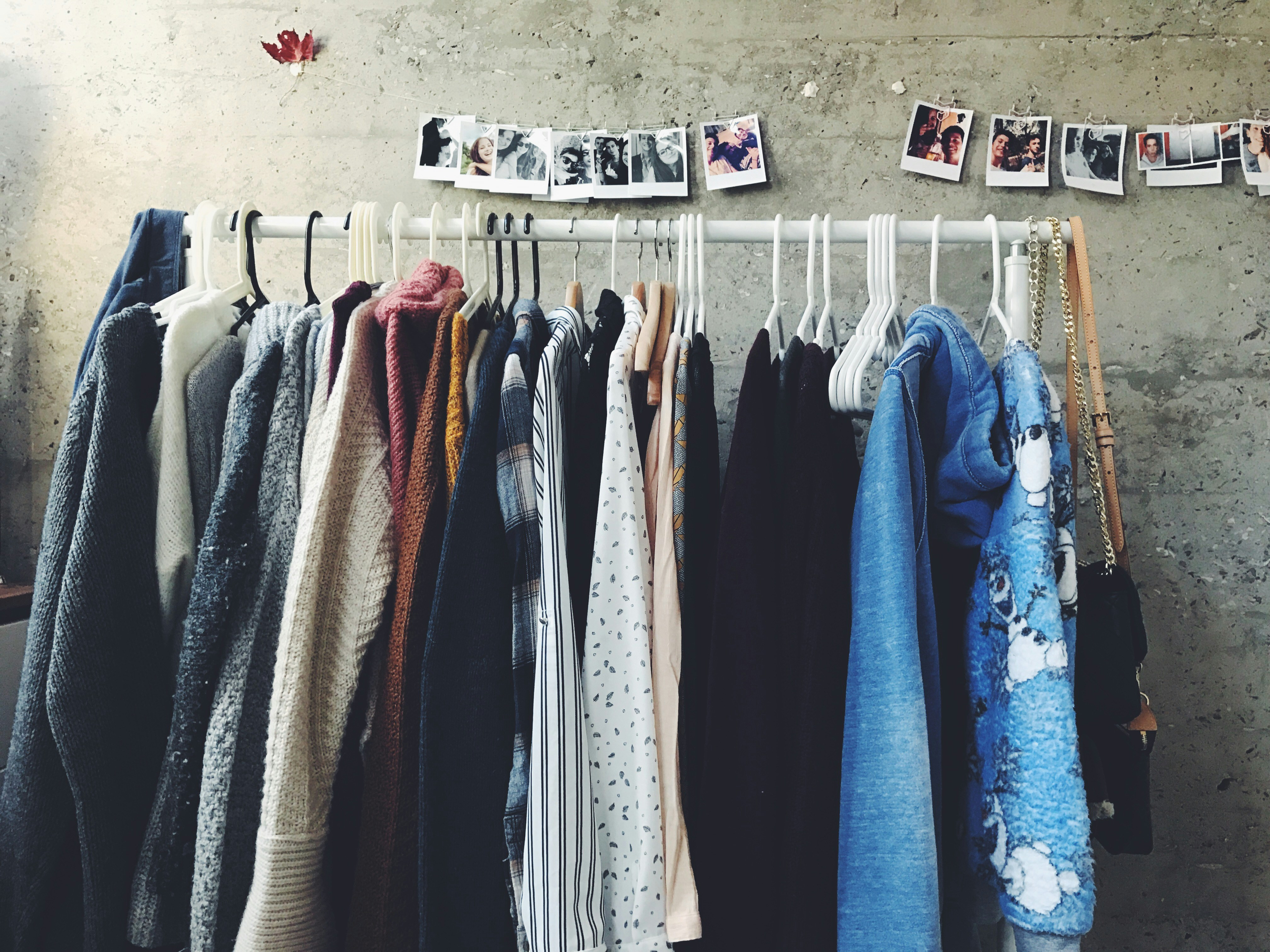Simple Fashion Tips for Everyday Style
Fashion is all about choosing colors, patterns, and outfits that work well together. This article shows practical ways to mix and match clothes, pick accessories, and create looks that feel comfortable and stylish. Learn easy tips to make dressing more fun and creative every day.

What Are Essential Fashion Tips for Daily Wear?
The foundation of great everyday style starts with understanding fit and proportion. Well-fitted clothing immediately elevates any outfit, regardless of price point. Focus on garments that skim your body without being too tight or too loose. Key pieces like a properly fitted pair of jeans, a classic white button-down shirt, and a blazer that sits correctly at the shoulders form the backbone of countless outfit combinations.
Color coordination plays a crucial role in creating cohesive looks. Stick to a neutral base palette of black, white, gray, navy, and beige, then add personality through accent colors or patterns. This approach ensures that most pieces in your wardrobe can mix and match seamlessly, reducing decision fatigue during busy mornings.
How Can You Develop Your Everyday Style?
Building your everyday style requires honest assessment of your lifestyle and personal preferences. Consider your daily activities, work environment, and comfort requirements when selecting clothing. A teacher’s everyday style will differ from that of a marketing executive or a stay-at-home parent, and that’s perfectly appropriate.
Start by identifying style icons whose looks resonate with you, but adapt their choices to fit your budget and lifestyle. Pinterest boards and fashion blogs can provide inspiration, but remember that the goal is developing your unique aesthetic rather than copying someone else’s look entirely. Experiment with different silhouettes and styles to discover what makes you feel confident and comfortable.
What Simple Fashion Ideas Work for Beginners?
Layering represents one of the most effective techniques for creating interesting outfits from basic pieces. A simple t-shirt becomes more sophisticated when paired with a cardigan and statement necklace. Scarves, jackets, and accessories can transform the same base outfit into multiple distinct looks throughout the week.
The “one statement piece” rule helps prevent overwhelming your outfit while ensuring visual interest. This might be a patterned blouse paired with solid bottoms, bold shoes with a simple dress, or colorful accessories with neutral clothing. This approach keeps outfits balanced while allowing for creative expression.
Quality basics deserve investment over trendy pieces. A well-made pair of dark jeans, comfortable flats, and versatile tops will serve you longer than fast fashion items that quickly lose their shape or appeal.
How Do You Create a Practical Outfit Guide?
Developing a capsule wardrobe streamlines daily dressing decisions. Select 30-40 versatile pieces that all coordinate with each other, including tops, bottoms, dresses, outerwear, and shoes. This approach ensures that any combination creates a cohesive outfit while minimizing closet clutter.
Plan outfits the night before or dedicate Sunday evenings to weekly outfit planning. Take photos of successful combinations for future reference. This strategy reduces morning stress and helps identify gaps in your wardrobe that need attention.
Consider creating themed outfit formulas for different occasions: casual weekends, work meetings, dinner dates, and errands. Having go-to combinations ready eliminates guesswork and builds confidence in your style choices.
What Easy Style Tips Make the Biggest Impact?
Proper grooming and attention to details significantly impact your overall appearance. Clean, well-maintained clothing, polished shoes, and neat hair create an instantly more put-together look. Iron or steam wrinkled garments, and address stains or loose buttons promptly.
Accessories provide the easiest way to update basic outfits without significant expense. A structured handbag, classic watch, or versatile belt can elevate simple clothing combinations. Stick to accessories in coordinating metals and colors to maintain consistency across different outfits.
Fit adjustments from a local tailor can transform mediocre clothing into perfectly fitted pieces. Hemming pants, taking in waistbands, or shortening sleeves typically costs much less than buying new items and ensures your clothing looks custom-made for your body.
Understanding your body’s proportions helps guide clothing choices that flatter your figure. This doesn’t mean following rigid rules about body types, but rather choosing cuts and styles that make you feel confident and comfortable. High-waisted pants might elongate your torso, while a belt could define your waistline in a flowing dress.
Remember that developing personal style is an ongoing process that evolves with your lifestyle, preferences, and confidence level. Start with small changes and gradually build a wardrobe that truly reflects your personality while meeting your practical needs. The most important element of any outfit is how it makes you feel when wearing it.




